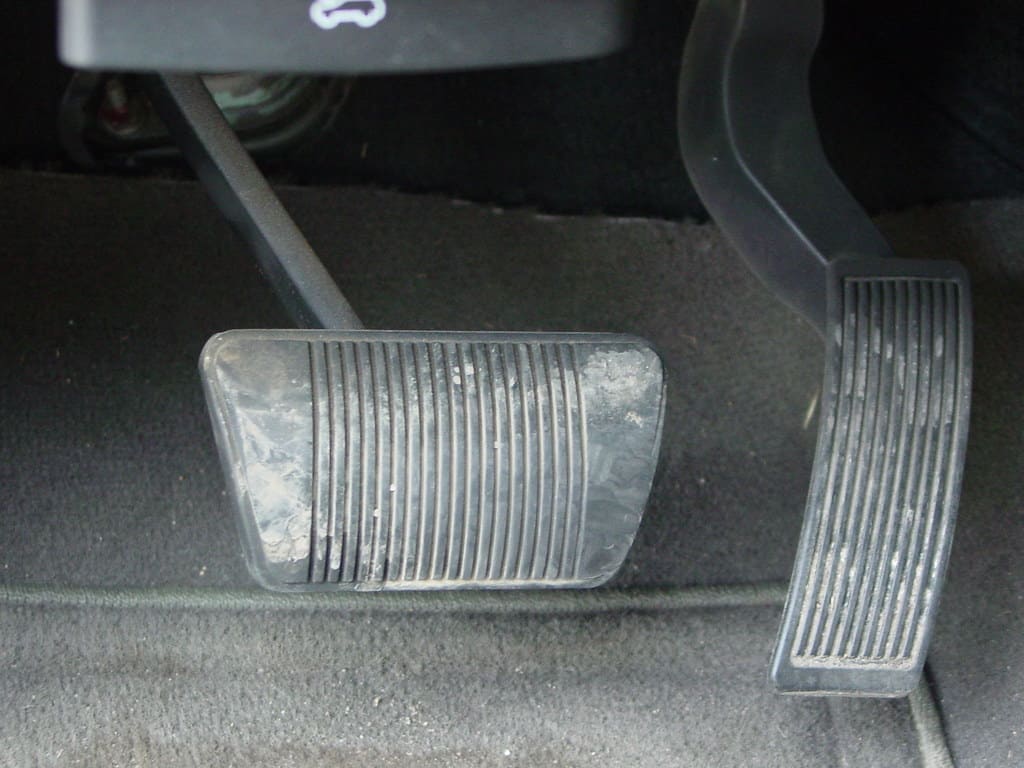Answer
Service Brake Assist is a safety feature in modern vehicles that helps you apply the brakes. If the system detects that you need to brake urgently, it automatically increases the braking force. Service Brake Assist means this system has failed in some way.
The speed at which you press the brake pedal usually determines this.

Benefits:
- Shortened Stopping Distance: Potentially reduces the length of time and distance it takes to come to a complete stop.
- Collision Avoidance: Aids in preventing or mitigating rear-end collisions.
- Driver Confidence: Enhances your control during sudden braking scenarios.
It’s important to refer to your vehicle’s owner manual for specific information on Service Brake Assist as functions and maintenance can vary by manufacturer. If any issues arise or the Service Brake Assist warning comes on, have your vehicle inspected by a professional mechanic to ensure your safety.
What Brake Assist Does

Brake Assist is a safety technology in your vehicle designed to detect circumstances where emergency braking is required and subsequently increases your braking effort.
In situations where you must press the brake pedal suddenly, Brake Assist ensures that maximum braking force is applied to shorten the stopping distance. This functionality can be crucial in preventing collisions or reducing their severity.
Key Functions of Brake Assist:
- Sensitivity to Brake Speed: If you press the brake pedal rapidly, Brake Assist interprets this action as an emergency maneuver.
- Brake Force Boost: Upon detecting an emergency, it applies additional brake force to aid in bringing the vehicle to a stop more quickly.
- Pedal Pressure Modulation: Even if you haven’t applied full pressure to the pedal, Brake Assist maintains optimal brake pressure to maximize the vehicle’s stopping ability.
When engaged, Brake Assist operates seamlessly, and you may not realize it has activated, but you may notice the vehicle stopping more abruptly than usual.
Remember that Brake Assist supports but does not replace your attentive driving and proper use of brakes. It’s vital to routinely inspect your vehicle’s braking system to ensure that Brake Assist and other safety features remain operational.
What Normally Causes A Malfunction In The Brake Assist System
Several factors can lead to a malfunction in your vehicle’s brake assist system, which is designed to enhance the braking force applied during an emergency stop.
Sensor Issues: The brake assist system relies on sensors to detect rapid pedal movement. If these sensors are faulty or damaged, they may fail to activate the system when needed.
- Wiring Problems: Electrical wiring that’s damaged or corroded can interrupt the communication between the brake assist system and the sensors, causing malfunctions.
Hydraulic Issues: The brake assist system also uses the hydraulic brake system to function. If there are leaks or blockages in the brake lines, the brake assist might not operate correctly.
- Software Glitches: Occasionally, the software that controls the brake assist may experience glitches or require an update, leading to system errors.
Mechanical Wear: Over time, mechanical components such as the brake booster or master cylinder can wear out, affecting the brake assist function.
Brake Components: If brakes are improperly serviced or use low-quality replacement parts, it could impact the functionality of the brake assist system.
To maintain the integrity of the brake assist system, regular inspections and maintenance of the braking system are recommended. If you experience any issues or warning lights regarding your brake assist, have a professional diagnostic to ensure your safety on the road.
Can You Drive With The Service Brake Assist Light On?
Bottom line (at the top). Your brakes will still work; they won’t work as well.
When the service brake assist light illuminates on your dashboard, it signals a problem with your vehicle’s brake assist system. This feature works to enhance braking power during emergency stops.
Although your car may still be drivable, the reduced assist could result in longer stopping distances and compromised safety during hard stops.
- Check: Verify other warning lights aren’t on.
- Consult: Refer to your vehicle’s manual for specifics.
Not As Safe
- Safety: The primary concern. Without brake assist, your vehicle might not respond as expected in critical situations.
- Malfunction: Could indicate a simple issue or something more serious requiring professional diagnosis.
- Temporary Driving: Only consider if the brakes feel normal, and you’re driving to a service location.
Recommendation:
- Inspection: Have your vehicle checked by a qualified mechanic as soon as possible.
- Do Not Ignore: The light is a warning to take action for your safety and the longevity of your braking system.
